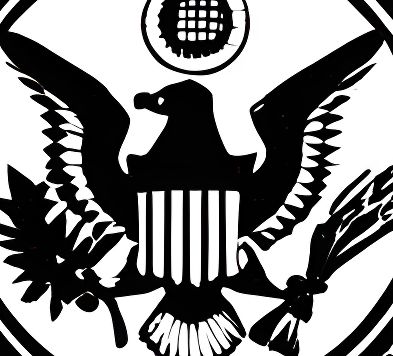Untitled Story
HackerNoon Writer
 bySEC vs. the World@secagainsttheworld
bySEC vs. the World@secagainsttheworldA collection of public domain court case filings, by/against the US SEC, retrieved by HackerNoon
A collection of public domain court case filings, by/against the US SEC, retrieved by HackerNoon